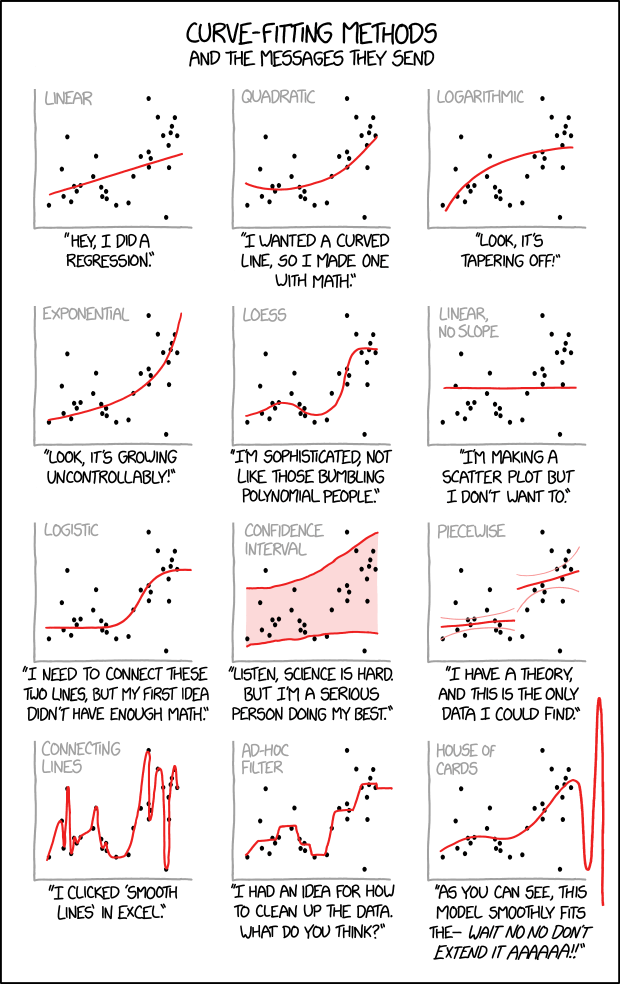5/ Necessity gives rise to invention. Across the globe, companies are struggling to survive. They are learning what can be done remotely. When travel is not an option, you get creative. The new solutions won't be temporary.— TeslaCharts (@TESLAcharts) May 16, 2020
For most sectors, the post pandemic economy will probably look a lot like the pre-pandemic economy. For certain industries, however, we are probably looking at a permanent market contraction. In these cases, the business models will have to fundamentally change and it is likely that many of the major players will not see the end of the decade . The one sector I’m most bearish on is business travel. Both because travel in general is going to suffer from heightened pandemic concerns and because it is an industry that is long overdue a major downsizing.
One of the widely known but little talked about truths of the white-collar world is that most of the trips we take are an enormous waste of time and money not to mention being horrible from an environmental standpoint.
Ironically, the modern age of business travel started in the postwar era about the same time that modern telecommunication was about to make it increasingly obsolete. Even before the pandemic, companies were starting to catch on to the absurdity of flying people across the country to sit at a conference room and wait for 20 minutes while someone locates missing cords and tries to get the PowerPoint projection in focus on a beige wall when you could simply have everyone sitting at their own desk watching the presentations on large high definition monitors.
The one real value of these meetings was social, allowing people who had interacted only over the phone and through emails actually hang out together eat lunch and perhaps have a couple of drinks, but all too often, the participants are flying in early in the morning and flying out on an afternoon flight so their time together is spent trying to read a blurry projection rather than bonding.
Of course, some business travel is legitimately necessary, and there will certainly be at least a few companies that are still reluctant to embrace 21st-century approaches. The industry is not going to disappear in 2021. It will, however, inevitably be smaller and require leaner business models probably less dependent on the principal agent problem.
This is going to leave a hole in the economy and it is not too early to start the discussion of how we are going to fill it up.


